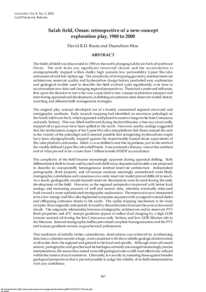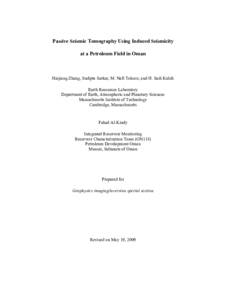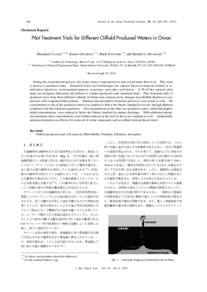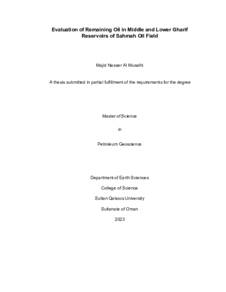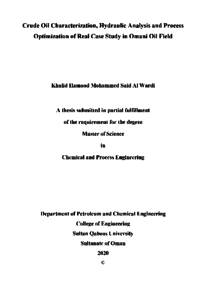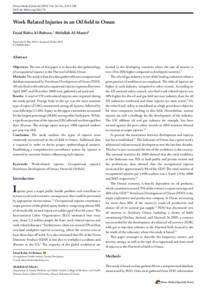Document
Safah field, Oman : retrospective of a new-concept exploration play, 1980 to 2000.
Identifier
DOI: 10.2113/geoarabia0803367
Source
GeoArabia. v. 8, 3, p. 367-430
Contributors
Mou, Duenchien. , Author
Country
Bahrain.
City
Manama
Publisher
Gulf Petrolink
Gregorian
2003-07-01
Language
English
Subject
English abstract
The Safah oil field was discovered in 1983 on the north-plunging Lekhwair Arch of northwest Oman. The arch lacks any significant structural closure and the accumulation is stratigraphically trapped within chalky high porosity-low permeability Upper Shu'aiba carbonates of mid-late Aptian age. The complexity of its trapping geometry, internal reservoir architecture, reservoir quality and hydrocarbon charge history precluded easy explanation and geological models used to describe the field evolved quite significantly over time to accommodate new data and changing regional perspectives. These had a profound influence, first upon the decision to test what was a speculative new concept exploration prospect and later during appraisal and development, in defining an optimum static reservoir model, history matching and efficient field management strategies. The original play concept developed out of a loosely constrained regional structural and stratigraphic synthesis. Early isopach mapping had identified an enormous paleohigh on the North Lekhwair Arch, which appeared well placed to receive charge in the later Cretaceous and early Tertiary. This was tilted northward during the late Miocene, when any structurally trapped oil or gas must have been spilled to the south. However, nearby analogs suggested that the northeastern margin of the Upper Shu'aiba intraplatform Bab Basin crossed the arch in the vicinity of the paleohigh and it seemed possible that remigrating hydrocarbons might have been stratigraphically trapped against the impermeable basinal facies equivalents of Shu'aiba platform carbonates. Safah-1x was drilled to test this hypothesis, just to the north of the weakly defined Upper Shu'aiba shelf break. It encountered a thin pay zone at the northern end of what proved to be a more than 1 billion barrels STIIOP accumulation. The complexity of the field became increasingly apparent during appraisal drilling. Both differentiated shelf-to-basin and layered mid-shelf ramp depositional models were proposed to describe its unexpectedly heterogeneous internal reservoir architecture. Independent petrographic, fluid property and oil isotope analyses seemingly contradicted more likely stratigraphic correlations and consensus on a static reservoir model proved difficult to reach. As a result, geologically simple layered reservoir descriptions were favored during the early development of the field. However, as the regional perspective improved with better local analogs and increasing amounts of well and seismic data, attention eventually refocused back toward a more sophisticated stratigraphic explanation. The reservoir is now interpreted to be a low-energy mid-Shu'aiba highstand composite sequence with younger lowstand shales and offlapping carbonate shoals to the south. The updip trapping mechanism is far more complex than originally anticipated, formed by discontinuities between the porous lowstand shoals. The enigmatic relationship between stratigraphic architecture and in-reservoir PVT fluid properties and d13C isotope gradients appear to reflect dual charging by a high GOR Jurassic-sourced oil during the late Cretaceous-early Tertiary and low GOR Silurian oils in the Miocene. Internal stratigraphic baffles prevented complete homogenization and the PVT and isotope gradients remain as geochemical palimpsests. This resolution of initially rather contradictory observations was achieved by synthesizing data into a coherent narrative logic, most consistent with the available geological information at all scales, from the regional and general to the local and specific. Although more advanced seismic, petrographic and geochemical technologies certainly encouraged increasingly precise interpretations, the issues they raised were still geological and so still most effectively utilized within the context of such narratives. Ultimately, it was only by assessing these against broader geological perspectives that it proved possible to judge the validity of in-field interpretations with any confidence.
ISSN
1025-6059
Category
Journal articles

